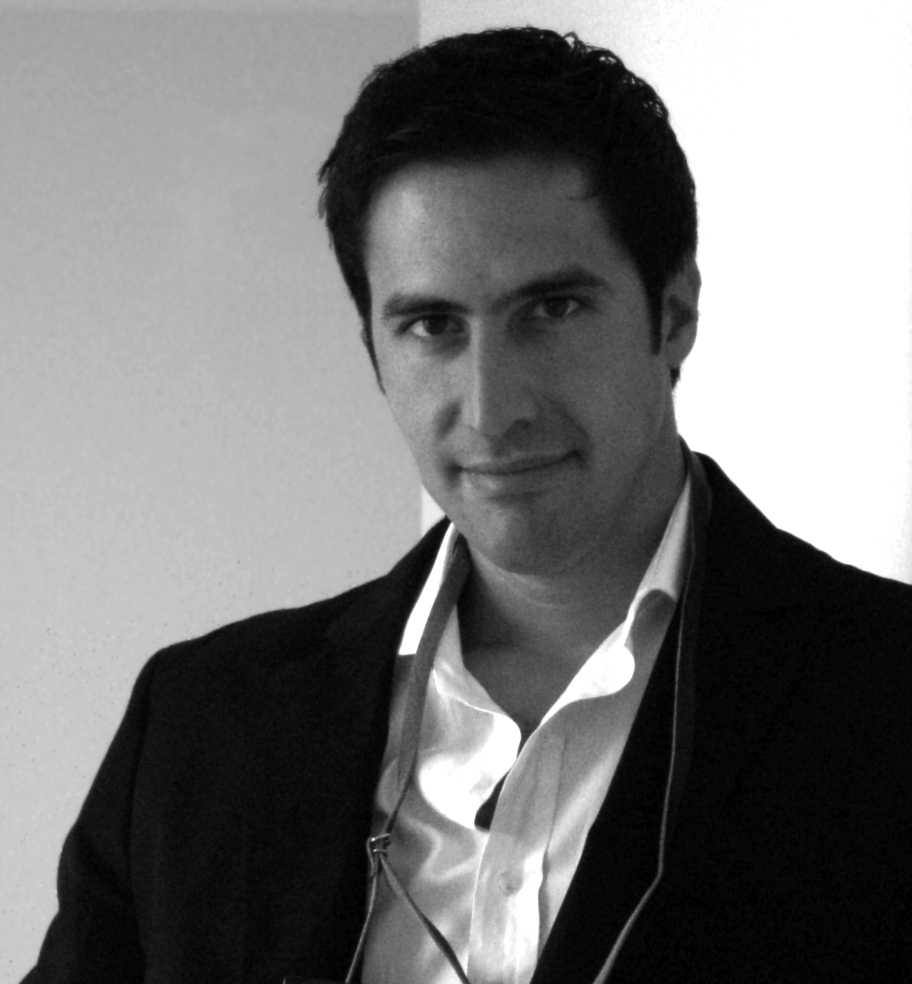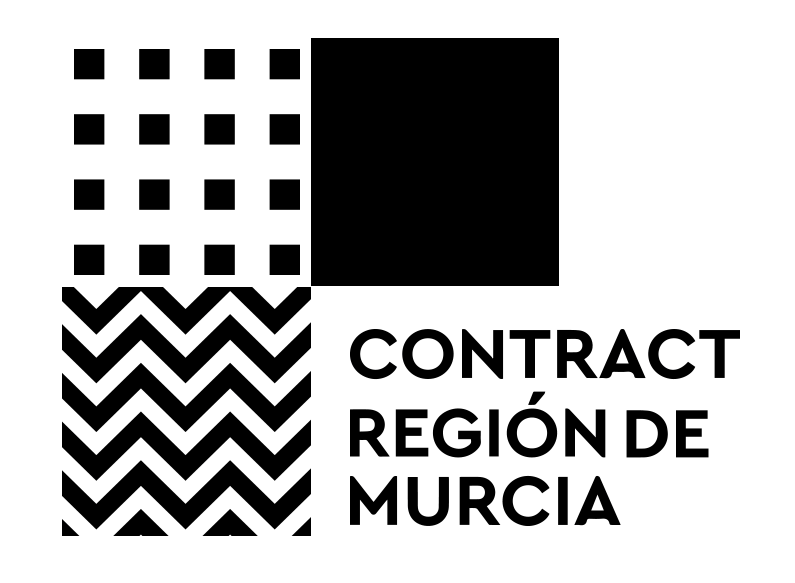
It’s not time for answers yet. This is the time for questions, by Sergio Sebastián
It’s not time for answers yet. This is the time for questions, by Sergio Sebastián
However, we all perceive that they are completely different from those we used to make for ourselves until a fortnight ago. And all this because, obviously, the circumstances place us in a place that was unknown until now, in a context that is governed by laws yet to be discovered and defined, and in practically all the areas that until now governed our culture, be they social, political, economic, and of course spatial and architectural. It will all be done, but it is certain that a series of questions have already been revealed that we can analyse.
Hashim Sarkis questioned “How will we live together” as the theme of the Venice Architecture Biennale scheduled for this year. Today this question seems to be premonitory, and of course the answer we gave in his call has nothing to do with the one we would give right now. It seems that the answer lies in the collective sphere, and yet it must be approached first from the individual. Basically, it raises the question of what unites the “I” with the world, what are the relationships and values that have to be constructed as an individual and at the same time as part of a complex and larger organism.
We are witnessing a moment in which everything seems to be heading towards what is fundamental, towards the essence of the things and acts that surround us. It is as if we had decided to divest ourselves -we will see if temporarily- of all that is superficial or unnecessary around us, insofar as today it is uncomfortable, heavy, and obstructive, and we value social relations, privacy, physical contact, and therefore the spatial dimension in another way.
In this sense, and approaching the professional field that concerns us, we are witnessing a moment in which we have all had to approach our domestic space inescapably, that scenario where before we only represented a part of our daily function and today it is the only one. This fact has led us to have a greater knowledge of it, to discover its virtues and failures, to adopt a critical vision of how and where we live that we did not have until now.
I bring here a term that I find fascinating and that we must now review more intensely, the term home. Many are the authors who have already written about it, and although this is not the forum to detail it, it is to indicate that they all agree that it goes – at least – one step beyond the concept of housing. We architects should know how to build rooms, houses, dwellings, and yet the concept of home escapes our planning, the norm, the design. The reason why we cannot design it is simple, and that is because its foundation is based on the user’s experience and not on that of the architect. The home is an individualized dwelling, and its essence is the user himself, his memory, his desires, his behavior. The role of the architect here, however, is not in vain; we must be able to build that envelope in which things happen, the playing field and the rules, so that the end user even overturns them in the development of his own game. And of course this is an opportunity to improve this task, we have the right moment to observe, study, analyze what are those fundamentals I mentioned in the first paragraphs.
In my opinion, starting with the basics is extremely useful when it comes to solving something complex, and from this point of view we can look at the elementary components of our home, those pieces that implement and develop our living in a space, the table, the chair, the bed, etc. And to their relationships, dimensions, to the environments they build and to what extent they improve or worsen our life experience. But on this almost archetypal track we could still delve into what in turn gives a sense of need to these components, which are actions. Seen in this way, the door is the element that defends us or allows us to enter a room, the window will be the frame for dreaming to look out, and a place for exchange that refreshes us or illuminates us with the entry of light and air, or the balcony, the terrace, that new context where we can socialize, where we can approach the community. It would be good for all of us today to review these – basic – questions, and to analyse the extent to which things are in their place, measure what they should measure, allow us or limit us, fulfil their function, even when this is merely aesthetic. To what extent are they capable of building an atmosphere, an environment in accordance with our family structure, whatever it may be, and appropriate to our desires and demands.
I think that this exercise in knowledge and criticism will bring us closer to architects and users. Even in times as hard as these we must find outlets, ways forward, and I think this is a great opportunity for us to stop designing exclusively to shape an offer but to do so under the demands of manufacturers, developers and above all end users, who now value their living environment in a different way. This is an opportunity for all of us to speak a closer, more common language.
Perhaps good times will come for a new dialogue.

SERGIO SEBASTIÁN
Chief architect in Sebastian Architects
Architect (2002) and Doctor of Architecture (2016) from the ETSA in Madrid. Professor of Architectural Projects at the University of Zaragoza since 2009. Guest professor at the universities of Milan, Turin, Catania, Medellin, or Valencia.
His work includes landscaping, public building, administrative, housing, rehabilitation, interior design, graphic, and currently develops a line of design of artistic lighting installations.
It has been published in international publications of reference and has received several awards, such as: DOMUS Gold Medal, Construlita Lighting Awards Mexico, García Mercadal in categories Residential, Landscaping, and Interior Design, Metal Architecture Awards USA, Architecture with EÑE, Ricardo Magdalena, Global Architecture & Design Awards RTFA, City Brand&Tourism Landscape Awards Triennale di Milano, LIT Lighting Design Awards USA, Innomatnet Awards. New materials in Building Industrie, Blue Stone Awards Archi-World.
Selected in several editions of the Venice Architecture Biennale, European Landscape Biennale, or Architecture in Positive of the Spanish Superior Council of Architects.
Among his main works are the Archaeological Space of Daroca, the City of Justice of Zaragoza, or the Palace of Justice of Huesca, or the Master Plan for the rehabilitation of the Palace of the Audience of Zaragoza. He is currently completing the work on the MAZ headquarters. He is also a critic and collaborator in Zenda Libros.


